|
As I was prepping for a post in a Facebook group I help admin for primarily novice Hognose Snake Keepers I realized I should probably share this elsewhere.
0 Comments
It's important to keep in mind that some things like size of container for the animal, box for shipping, and heating elements are all variable depending on from where you are shipping to where you are shipping, and what exactly you are shipping. ALWAYS check origin and destination weather, as well as your provider's website for any possible holds or warnings. The goal is for the animal(s) to arrive safely and in a timely manner and if that means waiting is best, then that truly is the best decision you can make. As you will see in the below walkthrough, we ship through Reptiles2You and will highly recommend their services to anyone. The customer service is unmatched. Plug over, time for the fun..
It's incredibly important to remember that it's always best to consult and visit a licensed veterinarian for the appropriate care measures for your animal. We are not licensed and thus are unable to provide you with complete guidance for medical care, however, the following document can help you in the meantime as you wait to see a licensed professional. Do not substitute professional help with the following care.
Brumation is not a true hibernation during prolonged periods of low temperature, but rather a state of sluggish inactivity that allows reptiles to conserve energy until better weather arrives.
|
AuthorAs the owner and primary customer service associate for Ectotherm Empire I frequently handle questions about Hognose care. People want to learn and generally want to do what is best for their animals. I don't profess to know everything. There is no way to do so. What I've done is taken my experience working with these animals, my research and understanding into their lives in the natural world, and combined it with help from fellow breeders to construct a relatively comprehensive set of documents. Yes, some things may be missing, or may not fit your situation, but I've done my best to aid in what ways I can. As an Amazon Associate I earn from qualifying purchases. Comparing products by their features, customer reviews, and prices is easy, however, Amazon was chosen almost entirely for uniformity. Nearly everything we use can be found on Amazon. If it can't be, then substitutes are almost always available. All product links in these guides will be found in this color. Thank you for taking the time to look through my wordy ramblings and I wish you happy reading! Categories |

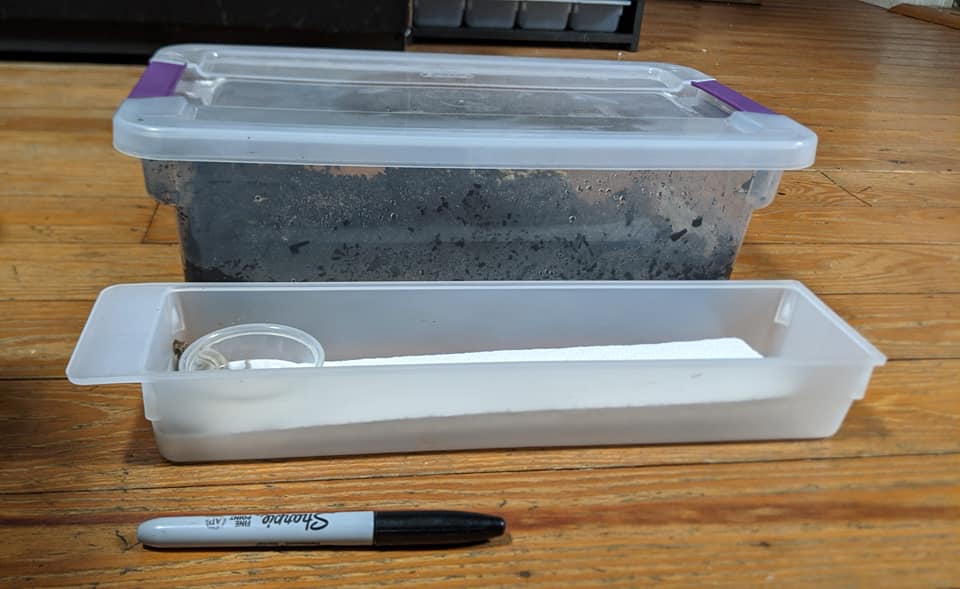
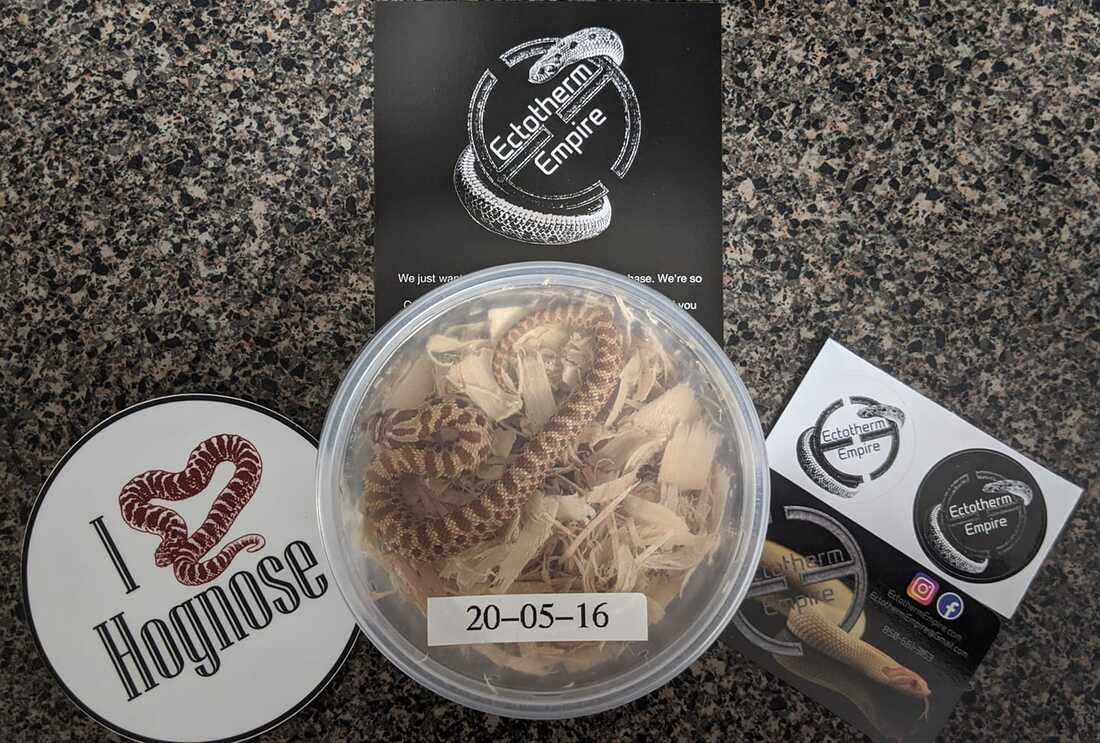
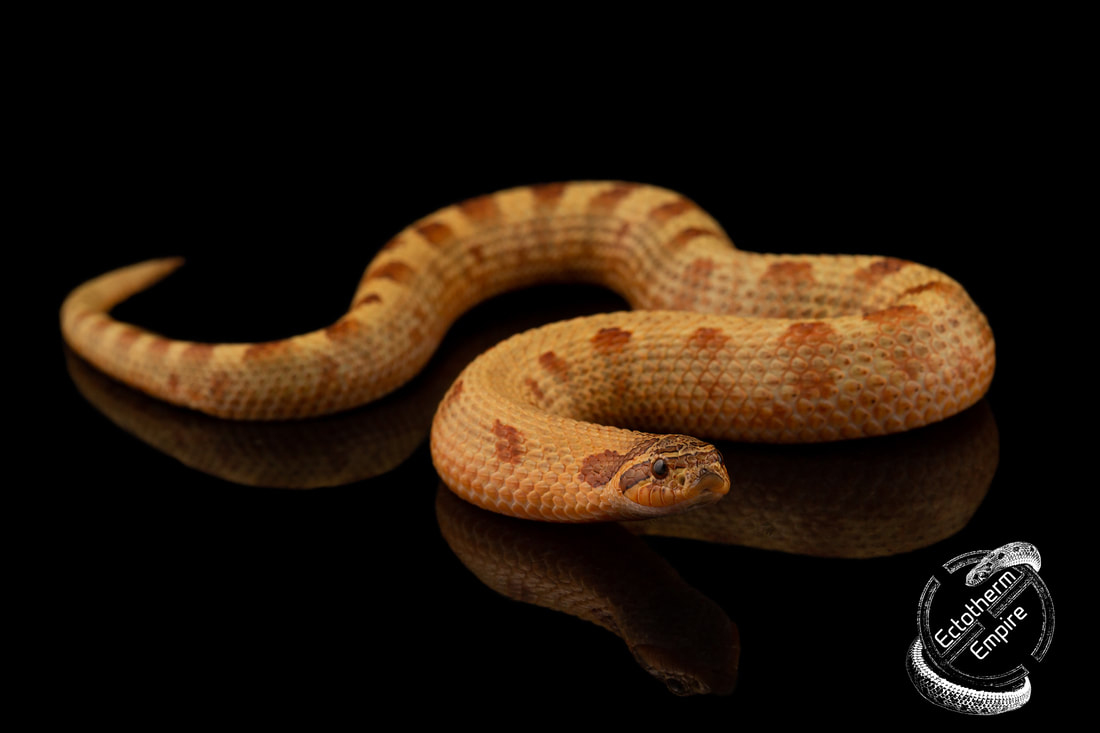
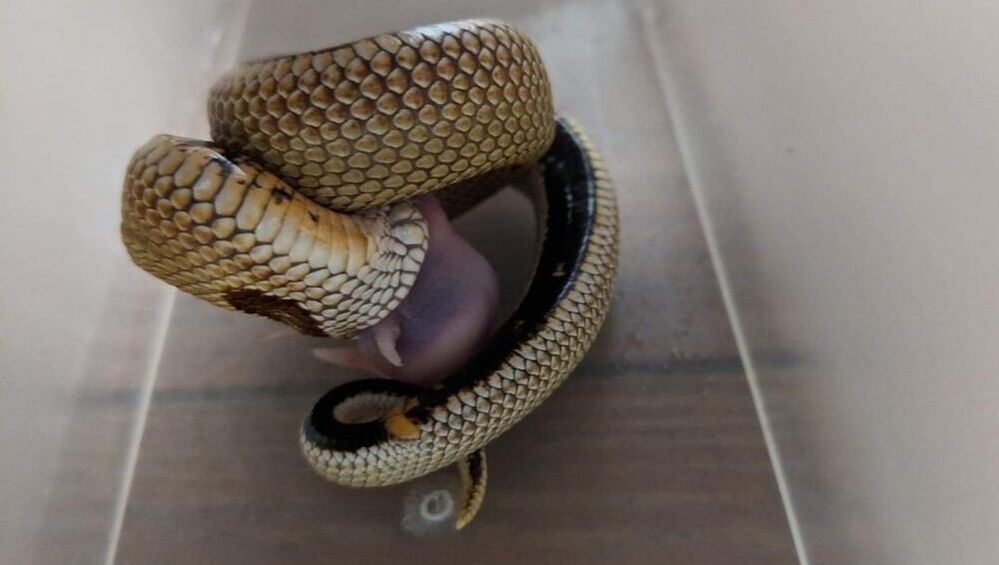
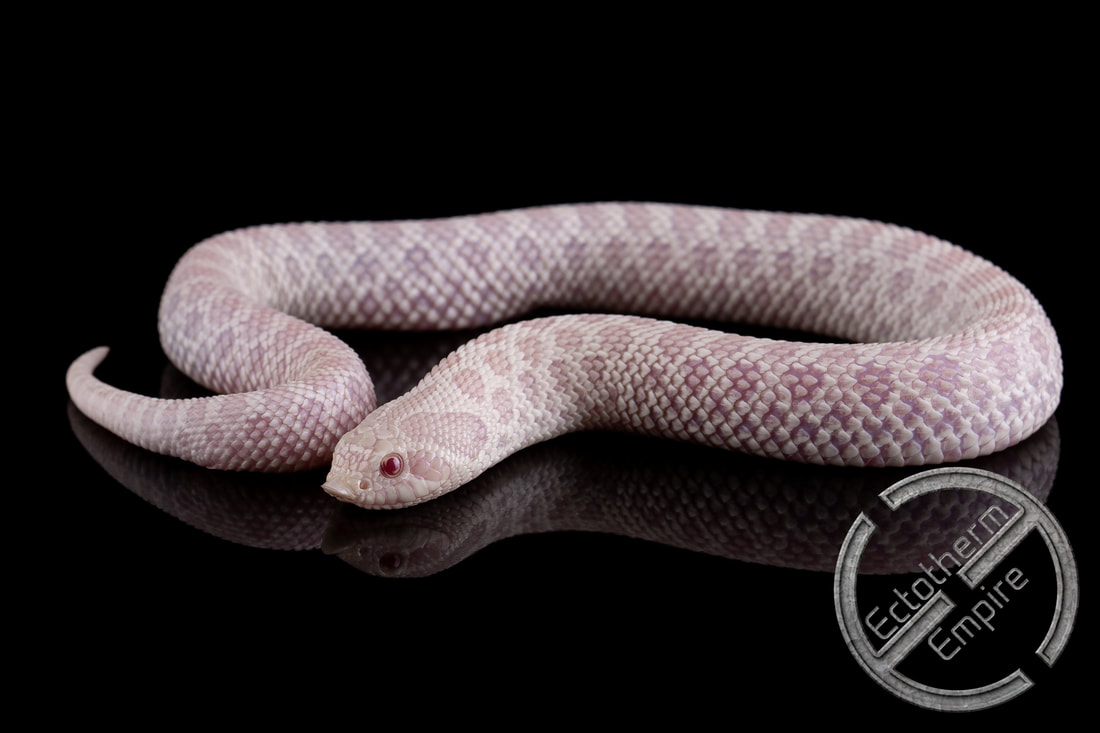
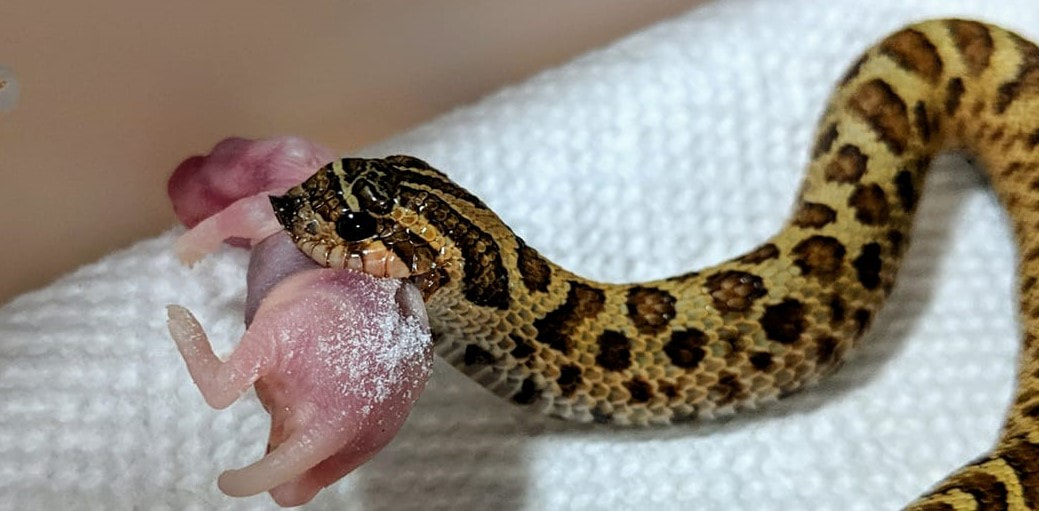

 RSS Feed
RSS Feed